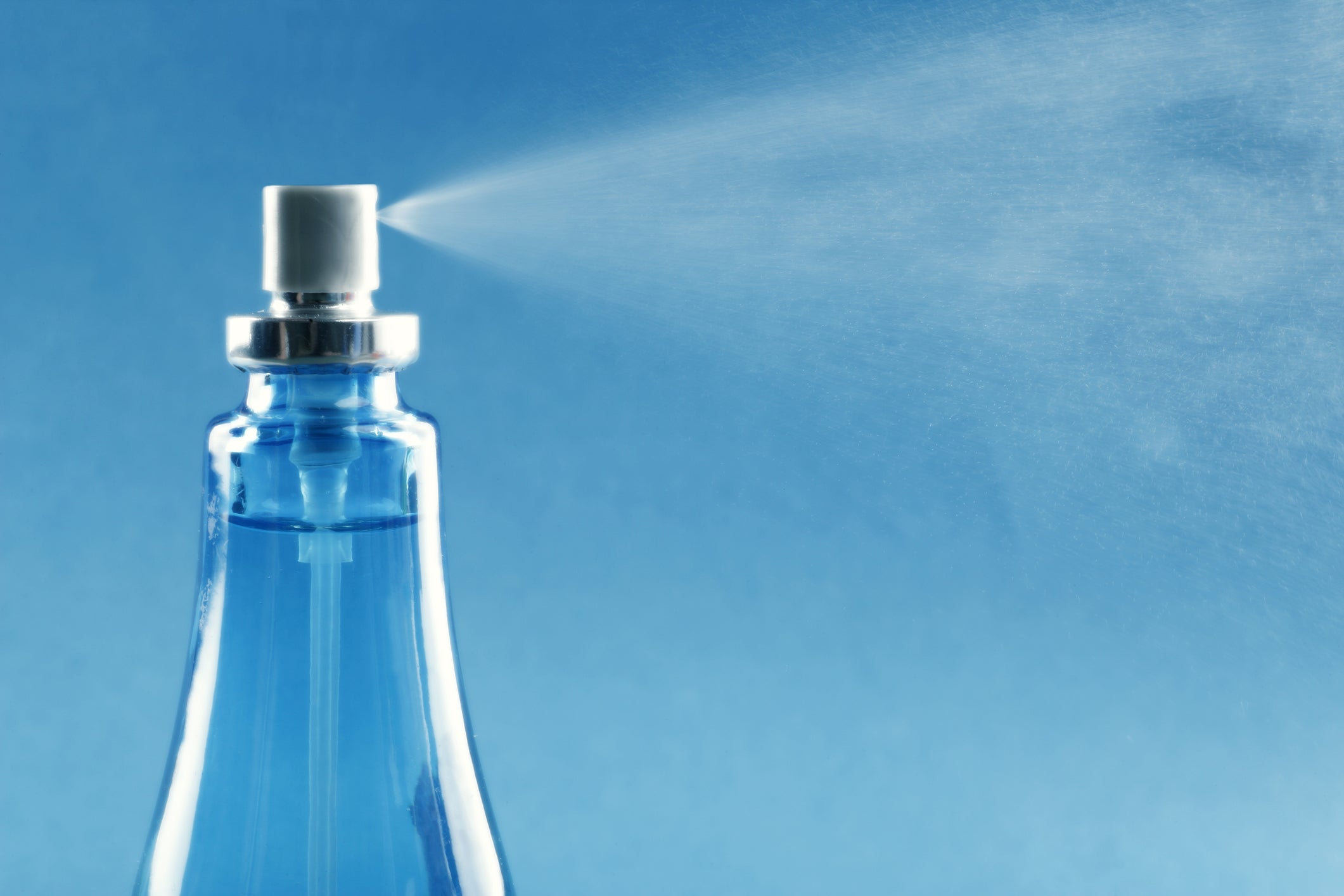Every fragrance composition present in a cosmetic formula (perfumes, essential oils, aromas, etc.) must comply with the cosmetics regulation, but not only that. Indeed, all fragrances present in cosmetic products must also comply with the latest IFRA amendment.
But what is IFRA ? We tell you everything here
Founded in Geneva in 1973, IFRA is the International Fragrance Association, the official international body representing the perfume industry. Its primary goal is to ensure the safety of perfume raw materials for health and the environment through a dedicated scientific program.
IFRA Standards are good practices that guarantee the safety of perfume compositions subsequently used in several areas, such as in the formulation of cosmetic products.
The perfume composition is a complex and confidential mixture, the conformity of the IFRA standard and the possession of the supplier of the IFRA certificate, is a necessary reference for the toxicologist for the evaluation of the safety of the cosmetic product.
The IFRA amendment has two main consequences: • prohibitions: prohibition on using certain components • restrictions: rules concerning the quantities or maximum dose to be used or the products in which certain materials can be used
A cosmetic product must comply with the latest IFRA amendment. However, IFRA applies to fragrance raw materials; it does not apply directly to the finished product, but rather indirectly; therefore, there is no compliance deadline for formulas.
With each new amendment, the cosmetic product manufacturer must obtain a new IFRA certificate from the fragrance supplier. Depending on the changes, the fragrance content in the formula will need to be reduced or reformulated. Labeling and safety assessment updates may also be required, depending on the changes to be made to the formula.
On June 30, 2023, the International Fragrance Association (IFRA) notified the 51st amendment to its Standards. IFRA establishes these rules based on the type of product, and has therefore defined 12 categories present on IFRA 51. Each category has a maximum % per category that must not be exceeded.
Category 1: Leave-on products applied to the lips:
Ex: Lip products of all types; Children's toys
Category 2 : Leave-in products applied to the underarms (or body)
Ex: Deodorants and antiperspirants; Body sprays
Category 3 : Products are generally applied to the face with fingertips
Ex: Eye products; Face makeup; Face and eye makeup removers;
Category 4 : Perfumed products generally applied to the neck, face and wrists Ex: Fine hydroalcoholic and non-hydroalcoholic perfumes; Scented bracelets
Category 5 : Leave-in products applied with the palms of the hands to the face and body. • 5A Ex: Body products; Foot care products; Insect repellents • 5B Ex: Facial toners; Moisturizer and facial creams • 5C Ex: Hand creams; Nail care products; Hand sanitizer • 5D Ex: Baby creams/milks, baby oils, baby powders and talcs
Category 6 : Products with mouth/lip exposure Ex: Toothpastes; Mouthwashes; Tooth powders
Category 7 : Products applied with the hands to the hair • 7A Ex: Permanent hair treatments or other chemical hair treatments • 7B Ex: Sprays for all hair types; Hair styling aids; Dry shampoos
Category 8 : Products with significant anogenital exposure Ex: Intimate wipes; Baby wipes; Intimate deodorant spray
Category 9 : Rinse-off products with exposure to the body and hands Ex: Solid soaps; Shampoos; Facial cleansers, body washes and shower gels
Category 10 : Household cleaning products with contact mainly with hands
10A Ex: Hand wash detergent; Toilet seat wipes
10B Ex: Pet sprays; Spray air fresheners; Toilet perfume
Category 11 : Products intended to come into contact with the skin, but with minimal transfer of perfume to the skin from an inert substrate • 11A Ex: Conventional tampons, towels; Diapers (baby and adult) • 11B Ex: Tights with moisturizing products; Scented socks, gloves; Paper tissues
Category 12 : Products not intended for direct skin contact, minimal or insignificant transfer to skin Ex: Candles; Insecticides; Foam or incense sticks; olfactory board games
Sources:
https://cosmeticobs.com/fr/articles/lexique-cosmetique-5/ifra-969
https://cosmeticobs.com/fr/articles/ifra-65/rappel-ifra-51-entree-en-vigueur-des-standards-de-specifications-et-de-restrictions-8002
Guidance for the use of IFRA Standards , IFRA-RIFM, December 12, 2019
Cosmed TV Impact of IFRA amendments on your cosmetics: https://www.youtube.com/watch?v=ljK507phfr4




















